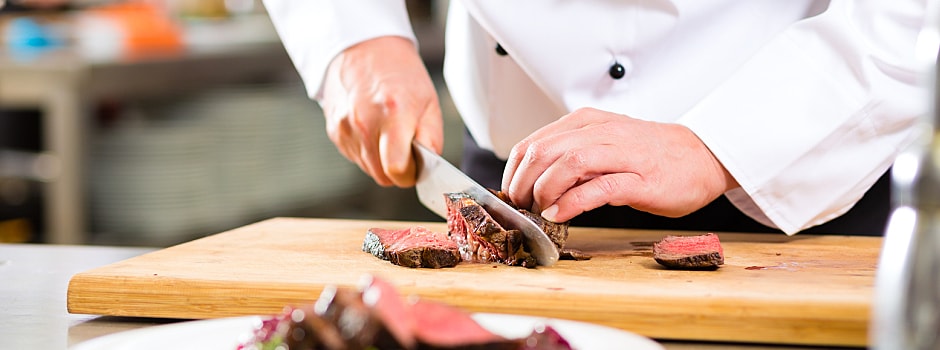Michelin stars are part of a restaurant rating system from the famed Michelin Guide, which was devised by the Michelin brothers, André and Édouard, who owned a tire company—yes, that tire company—in France. For more than a century, the guide has helped shape the fate of chefs and restaurants across the world. If you earn a Michelin star, you become a star, or so the thinking goes. Here's what else you should know about Michelin stars and what it takes to earn one.
History of the Michelin Star
The guide was first printed in 1900 and was given away for free. Inside, it had maps, tips on how to change a tire, and where to find lodging, restaurants, and gas stations. Michelin stars didn't appear in the guide until 1926. The brothers hoped that by showcasing all the places one could go with an automobile, more people would purchase a vehicle, and thus, more people would buy (Michelin) tires.
The Michelin Guide's history is noteworthy because not much is known about its inspectors, who are responsible for making the vital decisions that control the fate of many restaurants and chefs. The Michelin Guide also has its share of critics, most of whom believe the guide is biased toward French restaurants, is arbitrary in its selections of restaurants that earn Michelin stars, and is out of touch with current dining trends. With that said, the guide seems to be adapting to cultural changes. In fact, Michelin just made history by releasing its first-ever Singapore edition, in which it awarded stars to street stalls for the first time.
How to Earn a Star
If Michelin stars are determined by a tire manufacturer, what makes them so special? First, you should know that Michelin only operates in certain regions, so unless your restaurant is located in an area the guide covers, you can't be considered.
Before you put your time and energy toward earning that elusive star, consider that Michelin uses anonymous inspectors to evaluate restaurants, and you never know when to expect one. They'll look to be seated quickly, served attentively, and delighted by food that is well beyond an average meal.
No one knows for sure what it takes to earn a Michelin star, but there are stories online from chefs who have earned at least one star. A meticulously clean kitchen, a staff that pays the utmost attention to detail, and dishes that are prepared with a French accent tend to receive attention from Michelin. To get on the company's radar, build a reputation with local bloggers and food writers (and then with larger publications) to get your name out there.
After You Earn a Star
Once you earn your first star, you can expect a lot of new business and international media attention, but also a lot more pressure. In fact, earning a Michelin star can take an emotional toll on chefs as they strive to maintain their starred status after being recognized by the guide. You should be especially prepared if you earn a star in a small town. After earning one star, you may want to work on advancing to two and then three stars. Unfortunately, this can take years, even decades to occur, so make sure you understand that in order to avoid burnout.
While a star is sure to bring in an influx of new customers, it can also bring many changes to your business. You'll find that there's a magnifying glass on what you say and do, as you become more of a "personality" than a chef. Your service staff might notice that customers become more snobby, but tips may also increase. Your line cooks may have to become more robotic if you hope to maintain the consistency that Michelin demands of its starred establishments. Try giving your cooks a raise to keep their morale high after the restaurant receives the award.
If earning a Michelin star is one of your main career goals, make sure you're well aware of what this rating actually entails. If you're not so sure, or you're not in a Michelin-covered area, there are plenty of other ratings you can attain, such as stars from Forbes Travel Guide, which covers many regions.



